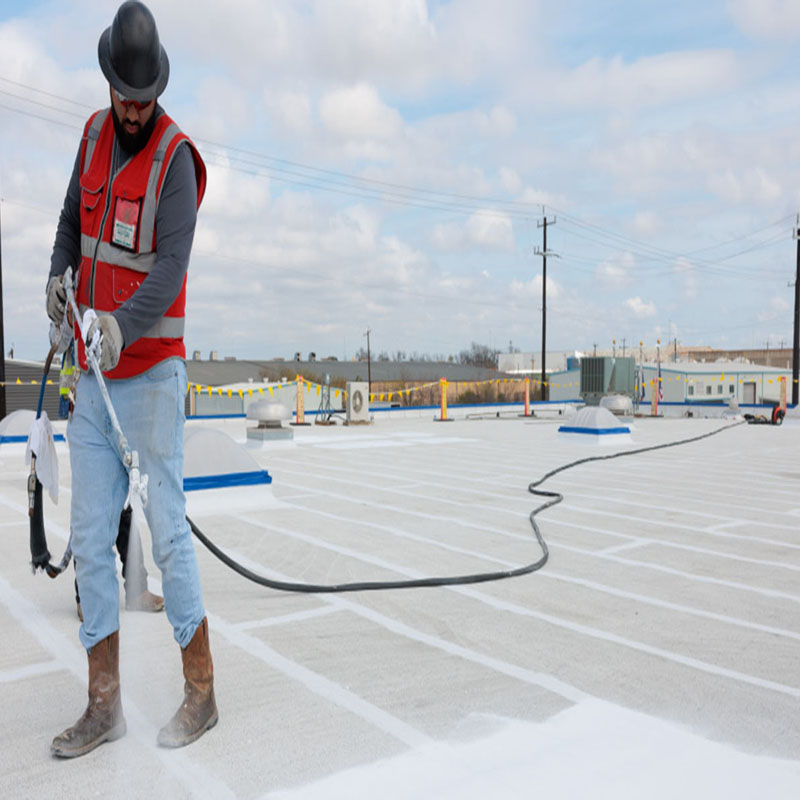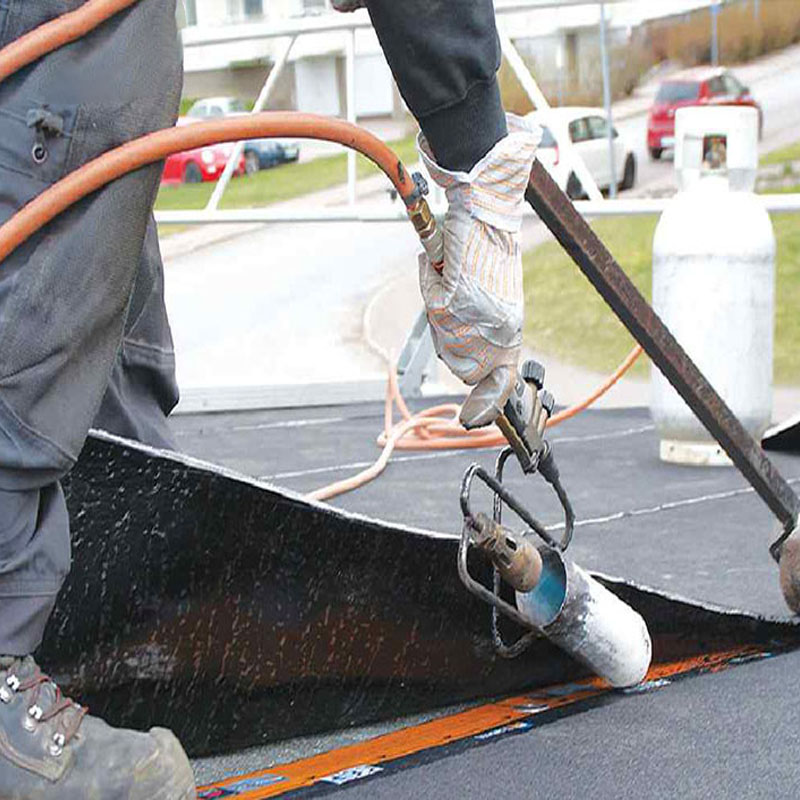
Moisture insulators are widely used to strengthen various points of the structure. In the meantime, nano insulators, due to their special characteristics and structure, have shown better performance compared to old coatings such as Isogam. Today, many users tend to benefit from new insulation rather than using old moisture-proof coatings. In this article, we will examine the benefits and differences between nano and isogam insulation to help you decide on the best option for your insulation projects.
One of the important differences between nano and isogam insulation is their implementation method. Nano insulators are applied cold and do not need high heat or high temperature. Meanwhile, the implementation of Isogam requires a suitable heat source and can stick to the roof surface and vertical surfaces. This process requires a lot of energy and is time consuming. But nano insulators are ready to be implemented in the shortest time. 
Due to their special characteristics, nano insulators are able to fill the holes and seams in the roof surface or vertical walls. While isogams, if they have the smallest opening, moisture may penetrate into the internal structure of the structure. Due to the high destruction power of moisture, it makes sense to use nano insulations which can be placed in different categories such as bituminous insulations and acrylic insulations or white roof insulations.
One of the common problems of isogams is that they are tamped or inflated. This problem may occur especially if there is no proper heating or moisture penetration. But nano insulators do not suffer from such problems. With the basic implementation of nano insulations and the use of additional layers such as hemp and fiberglass, their mechanical resistance is maximized and they do not suffer from bulges. 
Nano insulators are also suitable for insulating vertical walls due to their light weight and excellent adhesion. While isogams may detach from the wall surface after some time due to their relative weight, nano-insulations can effectively insulate vertical walls. Nano two-component insulators are used even in direct contact with fluids and are used as undercoats for sealing. 
The implementation of nano insulation has lower costs than isogams due to the use of simpler equipment and the need for less labor. In addition, nano insulators can be applied easily and with minimal labor and do not require heating or complex equipment. The price of nano insulation is usually more economical. Conclusion In general, according to the mentioned advantages, nano insulators can be a more suitable option than isogams for insulating buildings. Choosing the right insulation for your projects can have a huge impact on the quality and durability of the insulation.